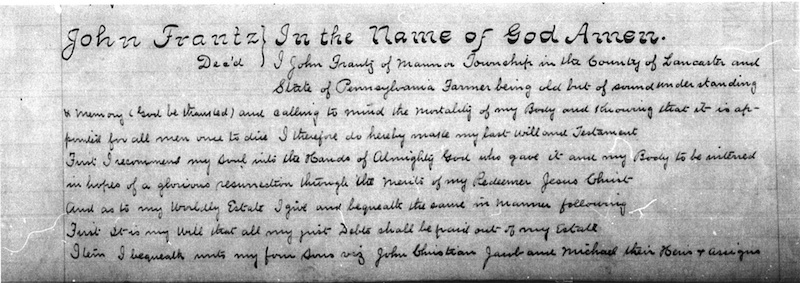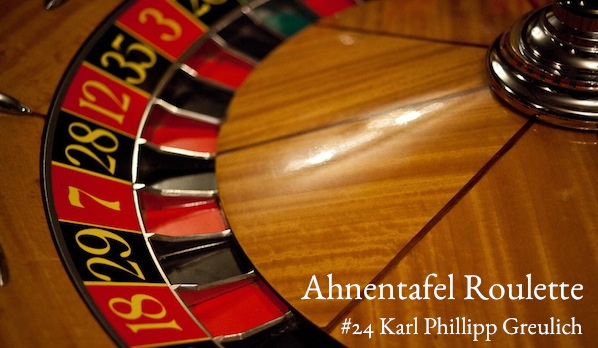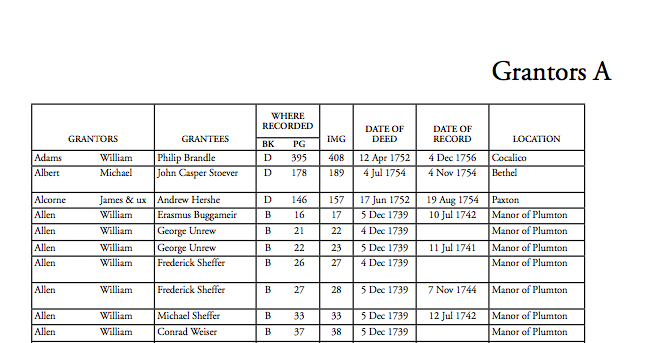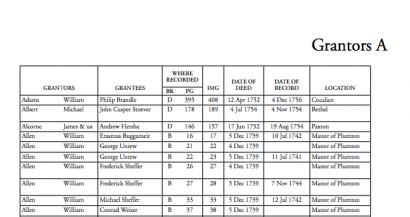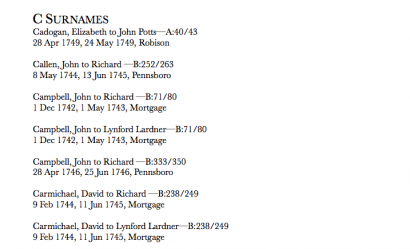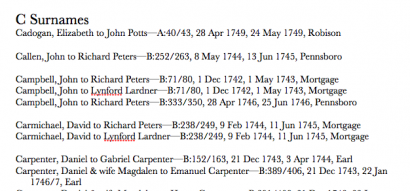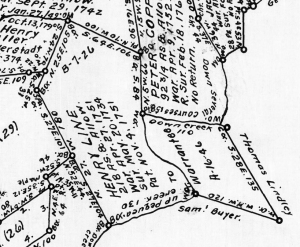The Sons of Hans & Catharina Frantz
In my last post, I reported that based on deed research Michael Frantz of Londonderry and Lower Paxton townships was the son of Hans and Catharina Frantz of Manor Township. When Michael died two men—Jacob Frantz of Manor and Christian Frantz of Manheim—were the administrators of his estate and guardians of his underage children. Were they Michael’s brothers?
The last will and testament of John Frantz of Manor Township was proven 10 February 1787. It was a German will, recorded in Will Book Y2, so it is not available online at FamilySearch. Is there any other way to determine the names of Hans’ children?
On 18 April 1785, Hans and his wife sold 224 acres in Derry Township to his son Michael. This could be part of a pattern I’ve seen fairly often in researching Lancaster County families and their land transactions—aged parents selling their land to their children in the years before their deaths. Land was wealth. So, selling to his children was a means for a father (most often) to disperse his estate exactly as he wanted while he was still alive. It also allowed him to generate an income to support himself, his wife, and possibly younger children who hadn’t yet moved out into the world.
It’s a pattern that I believe held true for Hans Frantz of Manor Township. In the years just prior to writing his will, Hans and Catharine sold several tracts of land to Christian, John, Michael and Jacob Frantz. At least three of the tracts were outside Manor Township, possibly indicating that they had been purchased specifically for their children.
Christian Frantz
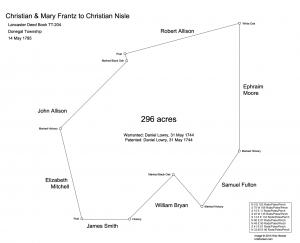 On 27 December 1783, Hans and Catharine sold Christian Frantz 296 acres in Donegal Township, adjoining that of Ephraim Moore, Robert Allison, John Allison, Elizabeth Mitchell, William Bryan, and Samuel Fulton. Hans had purchased this land from Simon Snyder on 23 August 1769. Christian and Mary Frantz, of Manheim Township, sold the land in Donegal on 14 May 1785 to Christian Nisle.
On 27 December 1783, Hans and Catharine sold Christian Frantz 296 acres in Donegal Township, adjoining that of Ephraim Moore, Robert Allison, John Allison, Elizabeth Mitchell, William Bryan, and Samuel Fulton. Hans had purchased this land from Simon Snyder on 23 August 1769. Christian and Mary Frantz, of Manheim Township, sold the land in Donegal on 14 May 1785 to Christian Nisle.
John Frantz Jr.
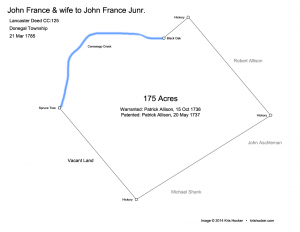 On 12 March 1785, Hans and Catharina sold 175 acres in Donegal to John Frantz (the younger), of Donegal. They had purchased it from David and Grace Caldwell on 18 May 1761. This land had been patented to Patrick Allison, Grace’s father, on 20 May 1737. The following spring, on 3 May 1786, John and Elizabeth Frantz, of Warwick Township, sold this tract of land in Donegal to John Longenecker.
On 12 March 1785, Hans and Catharina sold 175 acres in Donegal to John Frantz (the younger), of Donegal. They had purchased it from David and Grace Caldwell on 18 May 1761. This land had been patented to Patrick Allison, Grace’s father, on 20 May 1737. The following spring, on 3 May 1786, John and Elizabeth Frantz, of Warwick Township, sold this tract of land in Donegal to John Longenecker.
Jacob Frantz
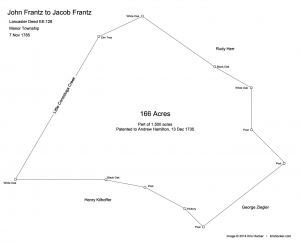 On 7 November 1785, Hans Frantz sold 166 acres of land in Manor Township to Jacob Frantz. This tract adjoined that of Rudy Herr, Henry Kilhover, and George Ziegler. Hans bought this land from Christian and Barbara Frantz in 1746/7. It was originally part of the Andrew Hamilton tract. It passed from Hamilton to Michael Baughman, then part of it to Christian Frantz. I believe this was likely the “mansion tract” or Manor land where Hans and Catharine resided.
On 7 November 1785, Hans Frantz sold 166 acres of land in Manor Township to Jacob Frantz. This tract adjoined that of Rudy Herr, Henry Kilhover, and George Ziegler. Hans bought this land from Christian and Barbara Frantz in 1746/7. It was originally part of the Andrew Hamilton tract. It passed from Hamilton to Michael Baughman, then part of it to Christian Frantz. I believe this was likely the “mansion tract” or Manor land where Hans and Catharine resided.
While these land sales follow a pattern that seems to indicate a familial relationship between the parties, these deeds—unlike Michael’s land sale of 1790—do not specifically name Christian, John, or Jacob as the children of Hans Frantz.
However, when Jacob wrote his will on 16 April 1799, he directed that his “wife and children shall keep house together on my Plantation in Mannor township for the use of my Estate until my Eldest son John shall arrive to the age of twenty one years…” Furthermore, he nominated his brothers John and Christian to be his executors. On 22 January 1803, John Frantz and Christian Frantz, executors, and John Frantz, the eldest son of Jacob Frantz of Lampeter, appointed appraisers for the Manor Township property on Little Conestoga Creek, adjoining land of John Kilheffer and Rudy Herr.
In his will, Jacob left his Lampeter Township land, where he lived, to his sons Jacob and Christian. This land adjoined that of “Andrew Heller, Jacob Kreder, George Bards, Conestogo Creek and others.” On 7 February 1807, Jacob Frantz of Lampeter received a mortgage on the Lampeter property from “John Frantz of Warwick Township and Christian Frantz of Manheim Township both of the county and state aforesaid,” executors of the last will and testament of Jacob Frantz, deceased.
Jacob’s will and the related deeds indicate that his brothers John and Christian were of the same locations as the men who purchased land from Hans and Catharina Frantz. Additionally, Christian Frantz of Manheim was both the administrator of Michael Frantz’s estate and guardian of his daughters Mary and Elizabeth, and executor of Jacob Frantz’s will.
While there could have been multiple men of the same names in these locations, bit-by-bit I am building a case that Michael Frantz of Lower Paxton, Jacob Frantz of Manor and Lampeter, Christian Frantz of Manheim, and John Frantz of Warwick were the sons of Hans and Catharina Frantz of Manor Township.
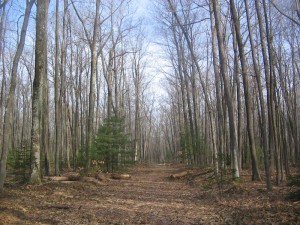
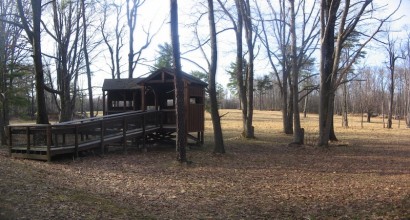

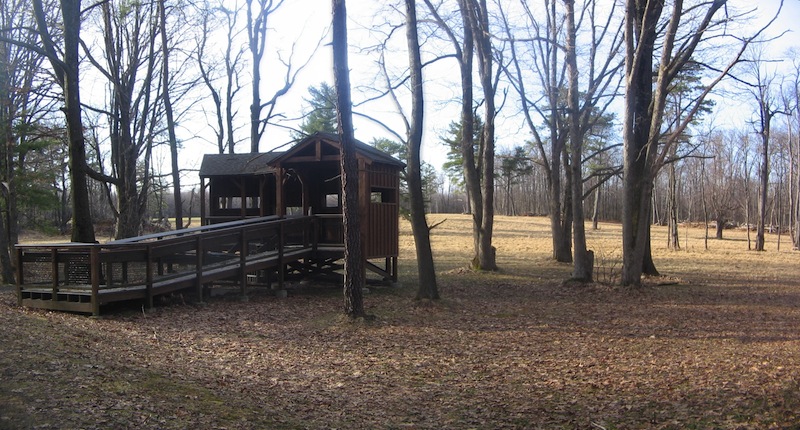
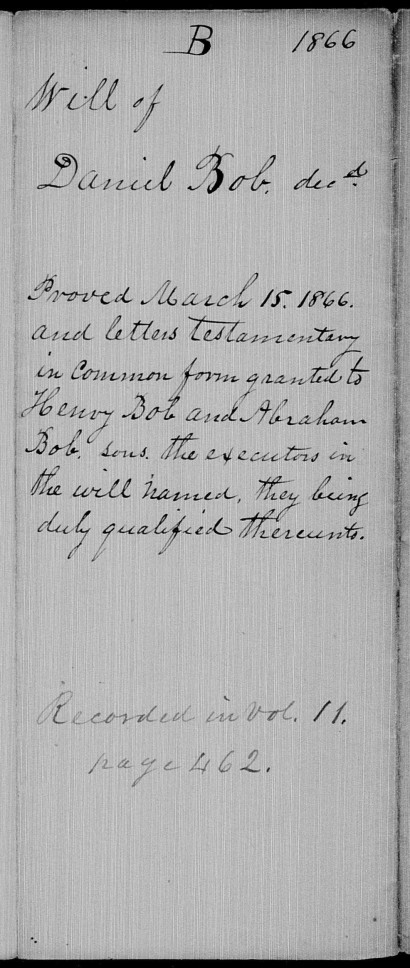
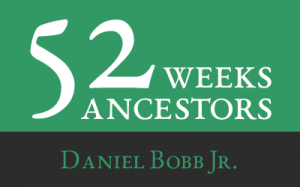 This week’s ancestor is Daniel Bobb Jr., father-in-law of #18 Henry Moyer Eshbach.
This week’s ancestor is Daniel Bobb Jr., father-in-law of #18 Henry Moyer Eshbach.